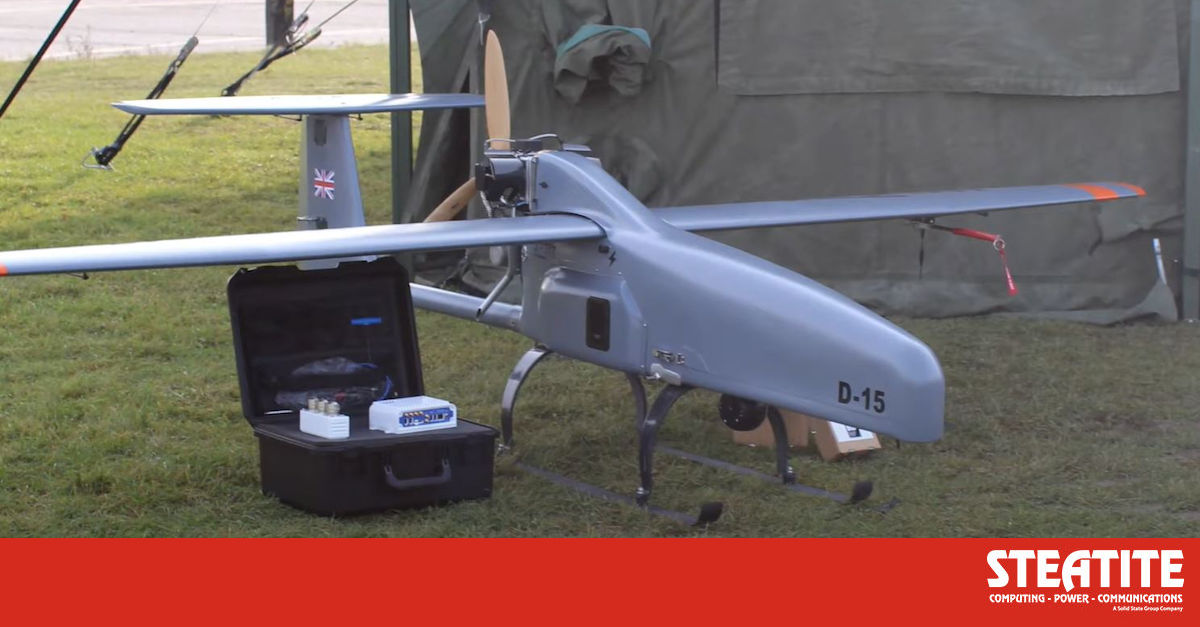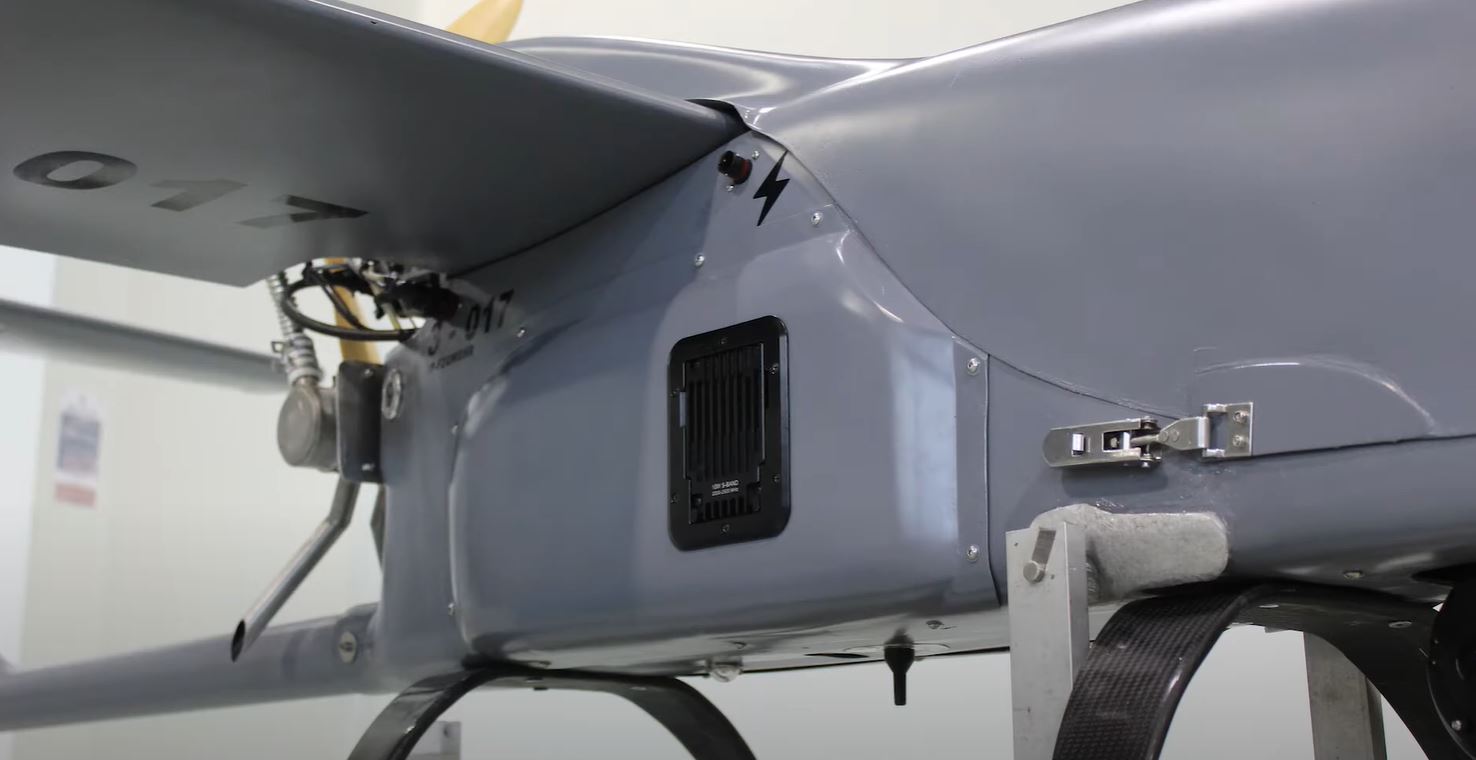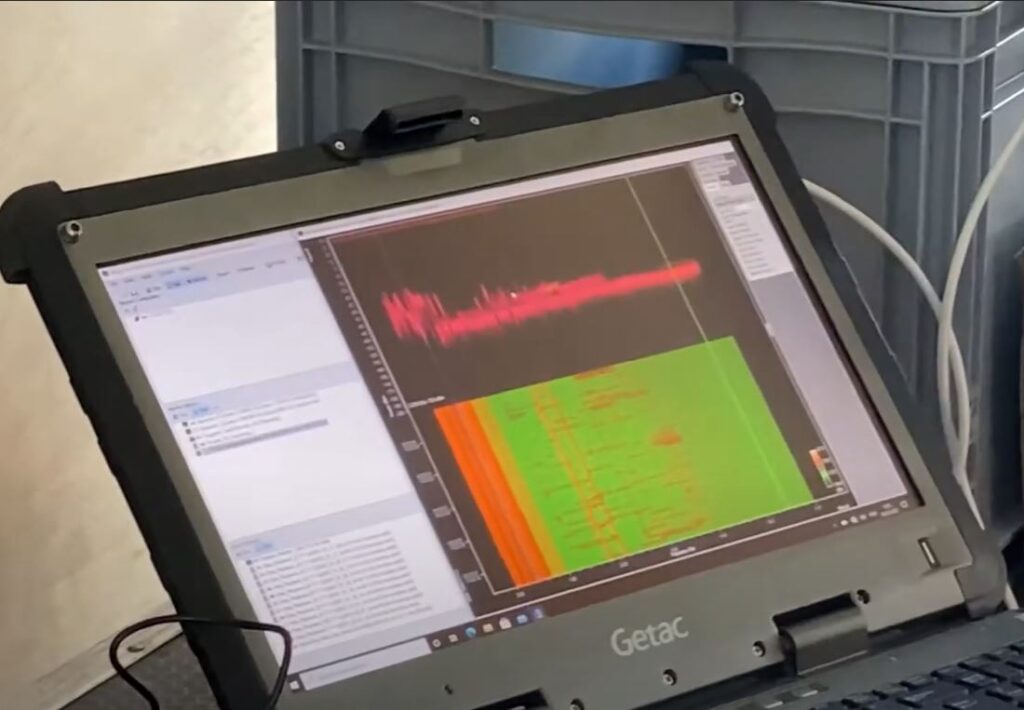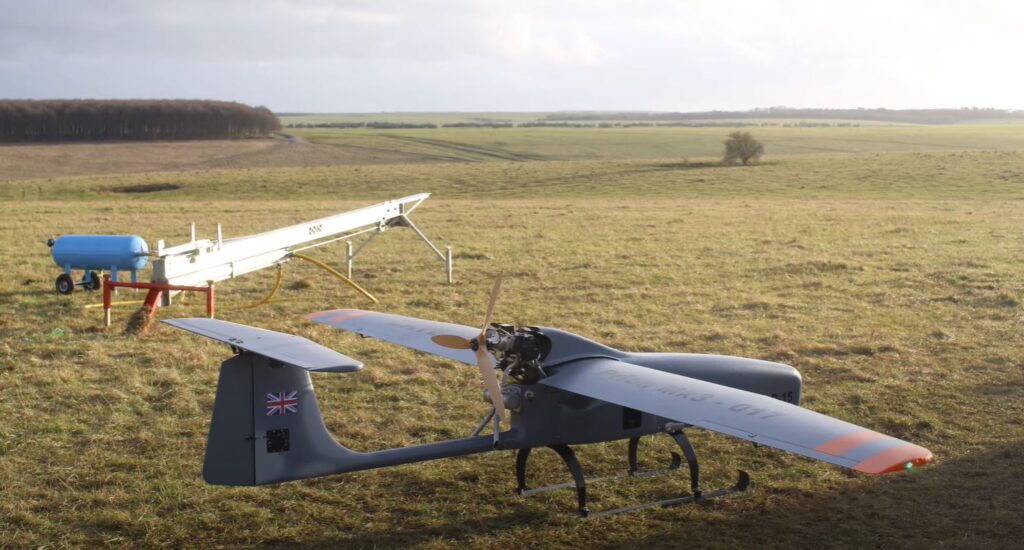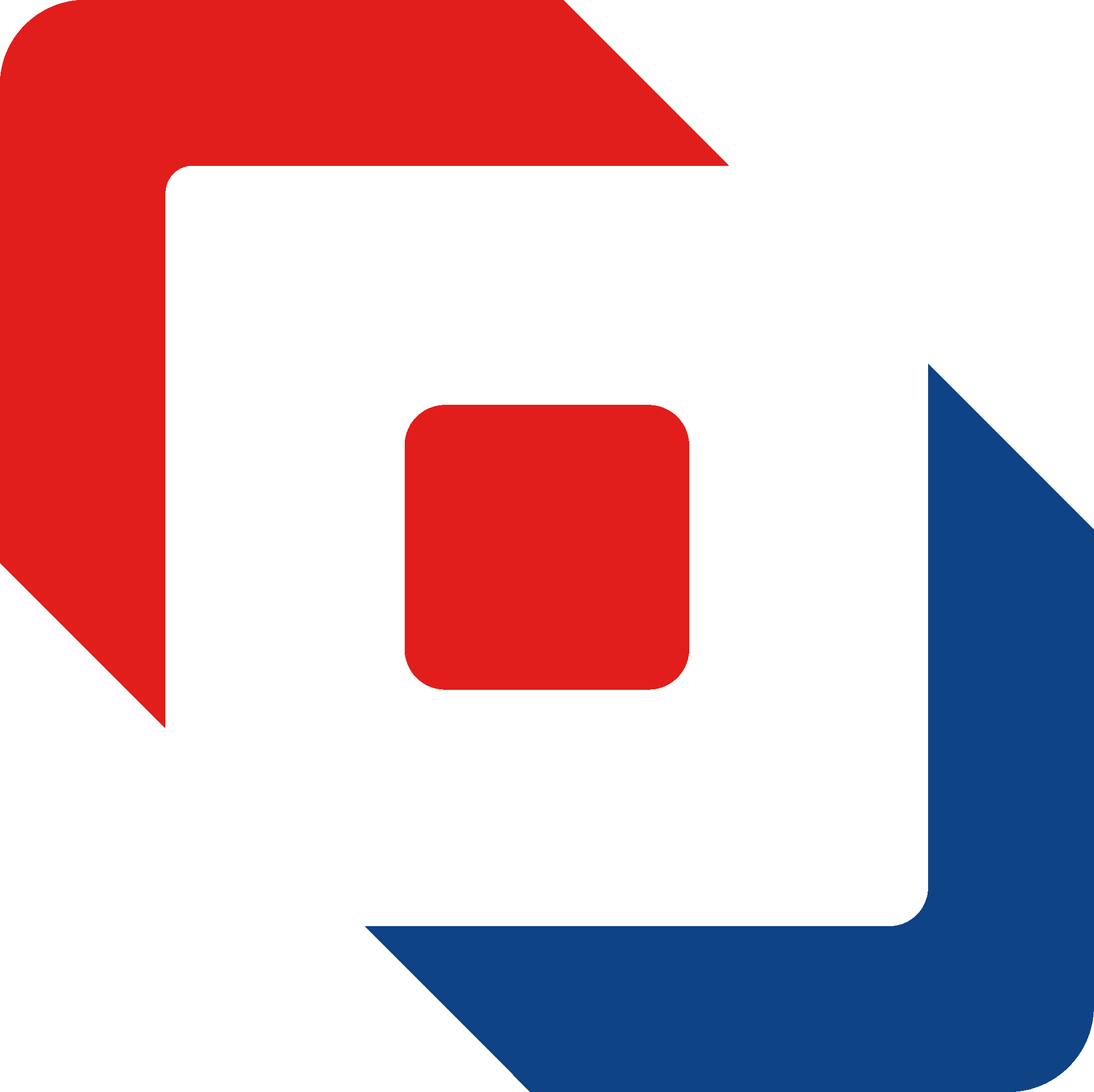At Steatite, we love to see how our technology is employed by our customers to deliver innovation and efficiency so when UAVE approached us about communications for their pioneering Prion Mk3 drone, we were delighted to be heavily involved in designing and testing a reliable, robust and secure networking solution with them.
UAVE first developed the Prion Mk3 in 2008 and the aircraft conducted its first commercial survey for mineral exploration purposes in 2011. In 2017, the platform was adapted to support client intelligence, surveillance and reconnaissance (ISR) applications, providing tactical surveillance for day and night operations.
Welsh-based UAVE has now created a full cycle business comprising design, manufacturing, servicing, pilot training and surveying using Prion Mk3.
The payload for the Prion Mk3 was supplied by another a British company, CRFS, specialising in design, build, and deployment of systems and solutions for RF spectrum monitoring, management and geolocation. With customers in both the defence and civilian regulatory sectors, CRFS are experts in COTS boards and modules for OEM and integrator partners for SWAP constrained, mission critical, deployed defence and aerospace platforms.

